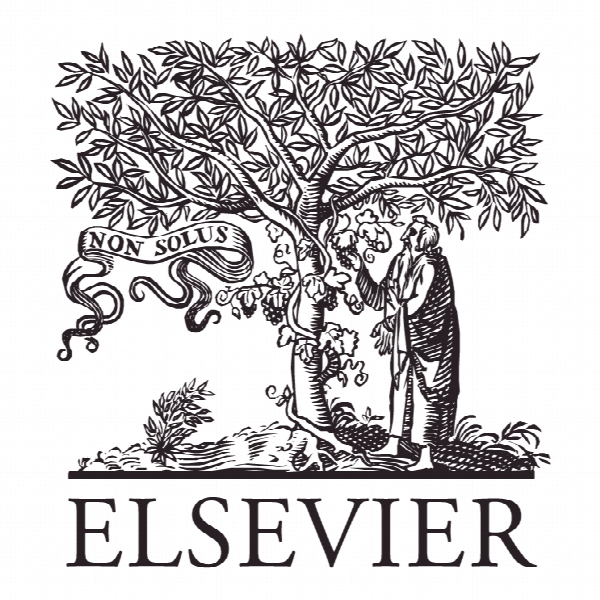تنوع کنسانتره بر اساس توانایی های تکنولوژیکی: تحلیل لینک محصولات و فن آوری Concentric diversification based on technological capabilities: Link analysis of products and technologies
- نوع فایل : کتاب
- زبان : انگلیسی
- ناشر : Elsevier
- چاپ و سال / کشور: 2017
توضیحات
رشته های مرتبط مدیریت
گرایش های مرتبط مدیریت کسب و کار MBA
مجله پیش بینی فنی و تغییر اجتماعی – Technological Forecasting & Social Change
دانشگاه دانشکده سیاست مدیریت علم و فناوری، علم و صنعت، کره
نشریه نشریه الزویر
گرایش های مرتبط مدیریت کسب و کار MBA
مجله پیش بینی فنی و تغییر اجتماعی – Technological Forecasting & Social Change
دانشگاه دانشکده سیاست مدیریت علم و فناوری، علم و صنعت، کره
نشریه نشریه الزویر
Description
1. Introduction Diversification is one of the pivotal strategies for organisations to recreate and enlarge their competencies (Ahuja and Lampert, 2001; Hamel and Prahalad, 1994). The existing literature suggests that concentric diversification based on technological capabilities is a relatively low-risk but profitable strategy since it is derived from the reproduction of core competencies that are related to existing products or services (Chen and Chang, 2012; Collis and Montgomery, 1995; Dutton, 1997; Markides, 1997; Zook and Allen, 2001). From a resource-based view, many researchers have verified that technological capabilities have a significant positive effect on the success of diversification (Silverman, 1999). However, while the results of such empirical analyses or case studies have been widely accepted in academia and in practice, a major question still remains as to how decision makers can best identify areas for concentric diversification. Modelling and analysing technological capabilities for concentric diversification is a task beset with hazards including uncertainty, data unavailability, and the complexity of real world feedback. As such, industrial practitioners depend largely on expert-centric approaches (e.g. brainstorming and Delphi). While internal experts have professional knowledge and experience about corporate technologies, they may have little knowledge about the technologies involved in potential new business areas (Shin et al., 2013). Using external experts (e.g. consultants) may resolve this issue, but they frequently misjudge corporate technological and organisational capabilities and identify promising but inappropriate areas for the particular companies with which they are temporarily working. Hence, such expert-centric approaches need to be supported by high quality and well-organised information (Lee et al., 2013, 2015). Highlighting the possible avenues for methodological adaptation, there have recently been certain shifts in the direction of research on concentric diversification, from case studies or empirical analysis to evidence-based quantitative approaches. Perhaps the most scientific approaches are offered by patent analysis as this provides global and reliable information about a wide range of technologies (Granstrand et al., 1997). Patent publications are considered valuable data sources as they are published according to international standards and contain information on almost 80% of technologies (Lee et al., 2015). So far, a variety of models and methods have been presented, such as patent citation analysis (Narin, 1994), keyword-based network analysis (Yoon and Park, 2004), keyword-based morphology analysis (Yoon and Park,2005, 2007; Yoon et al., 2014), and patent-based roadmapping processes (Lee et al., 2009).


